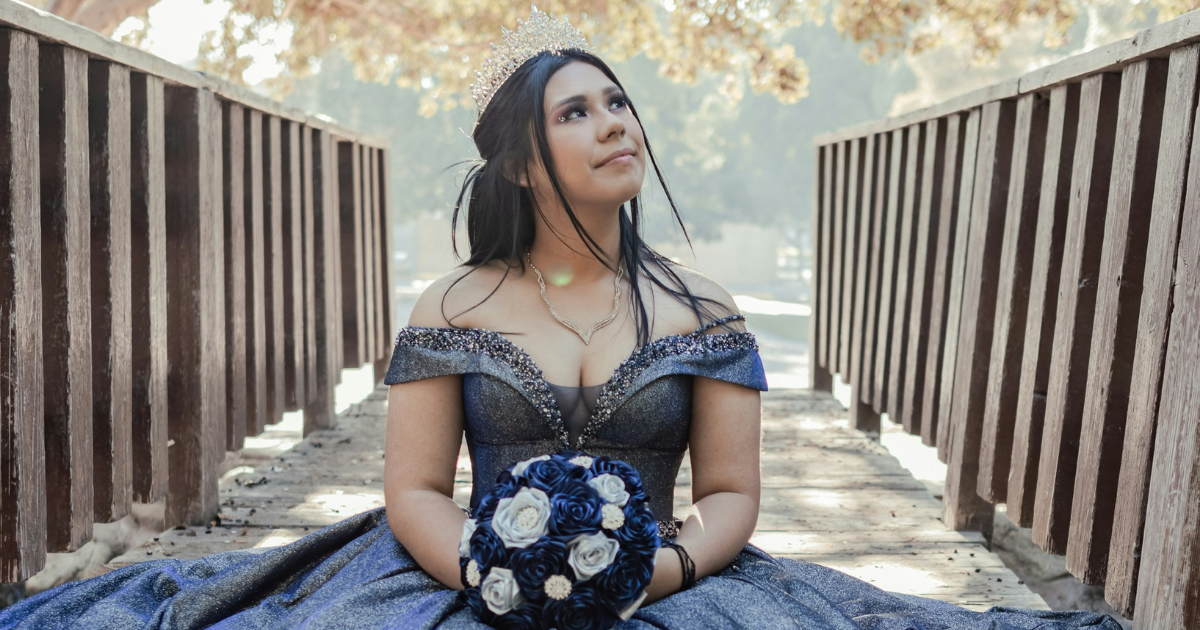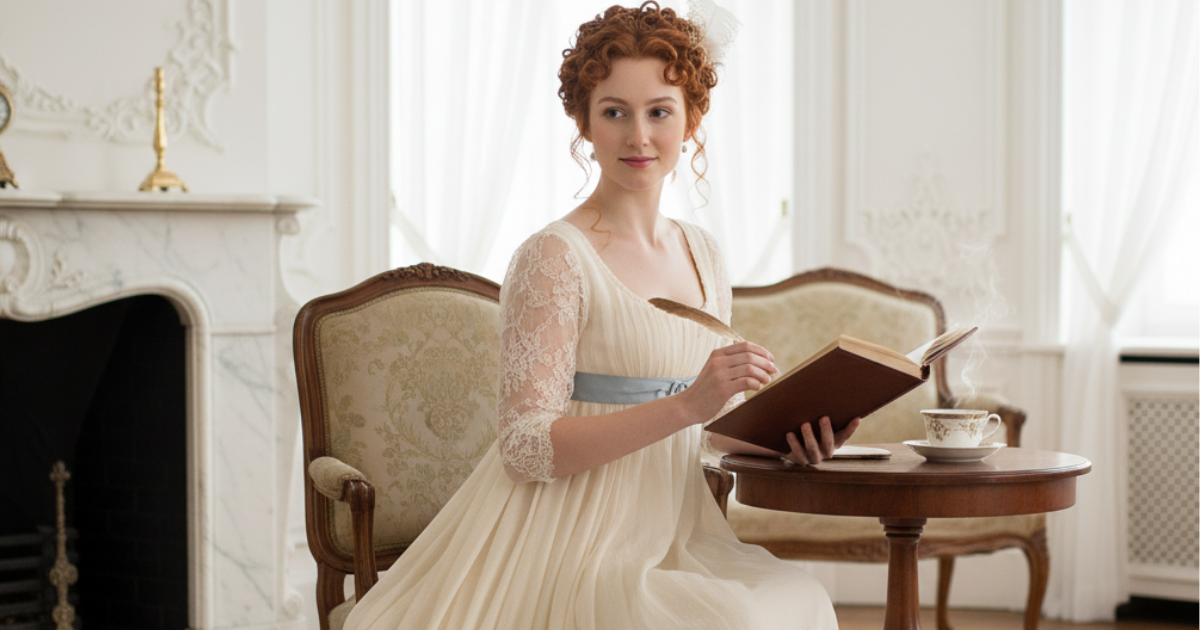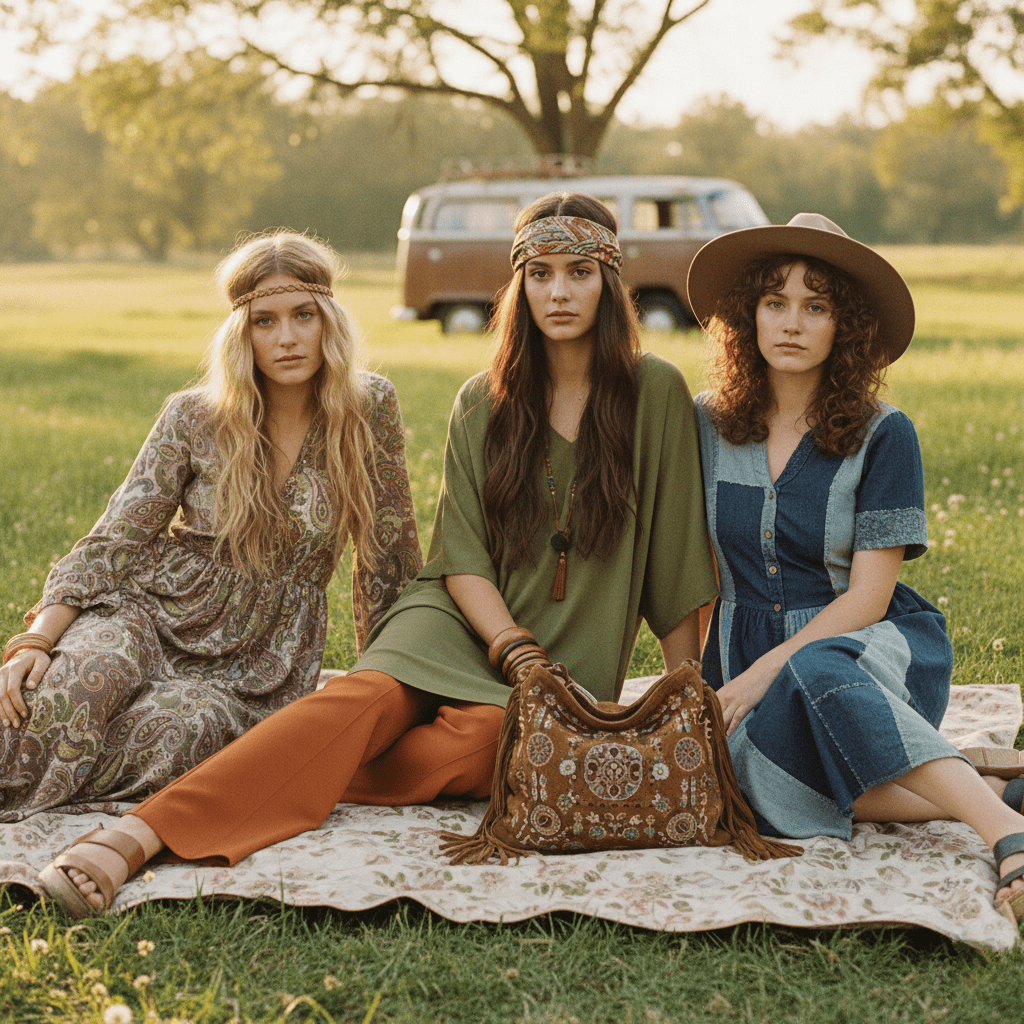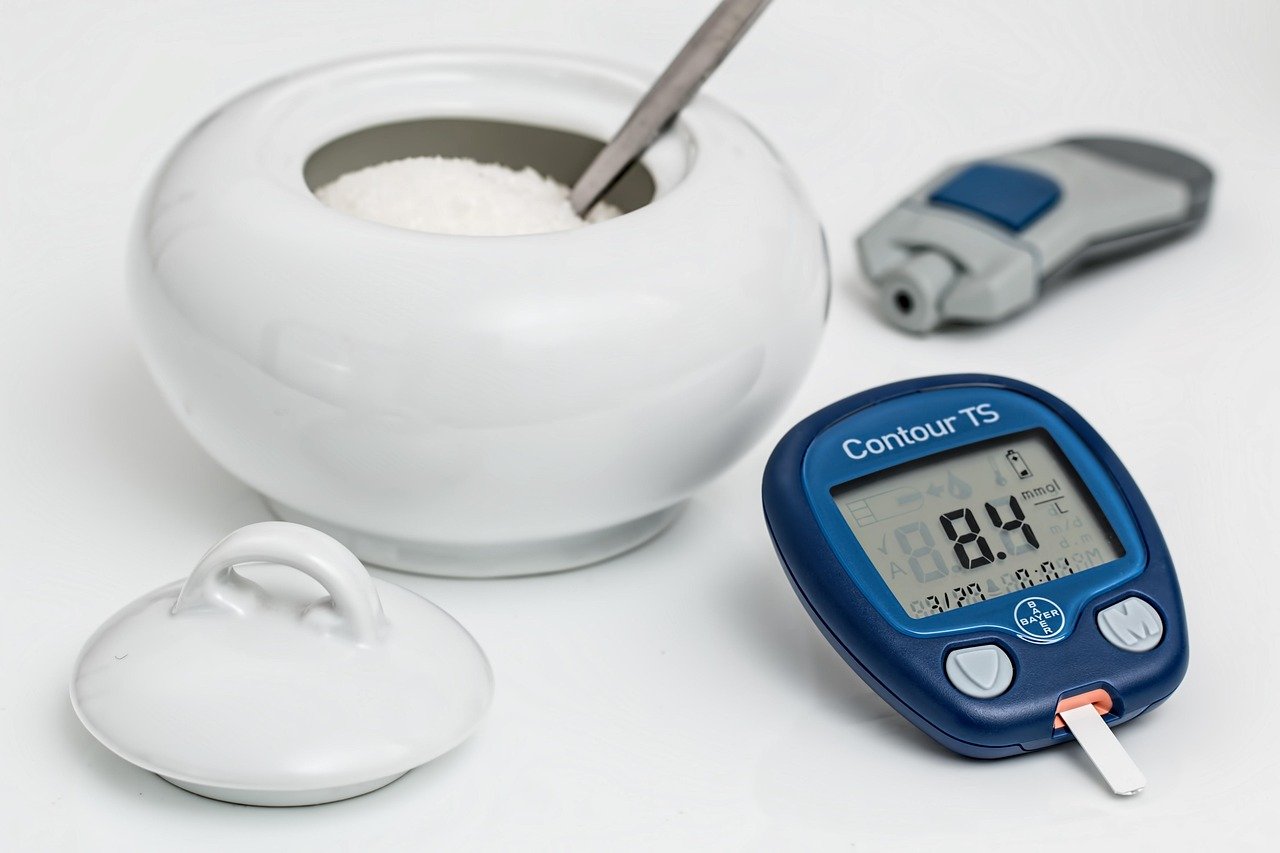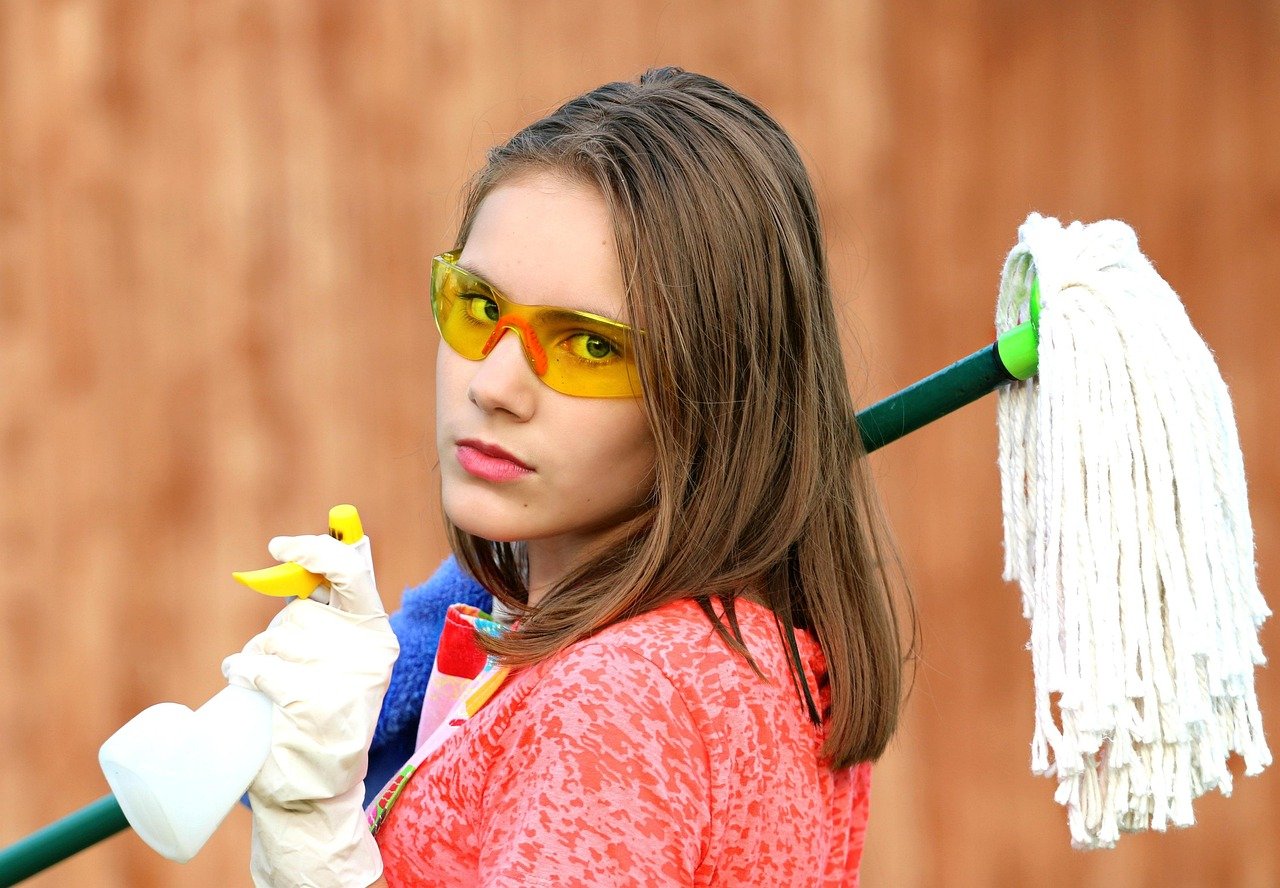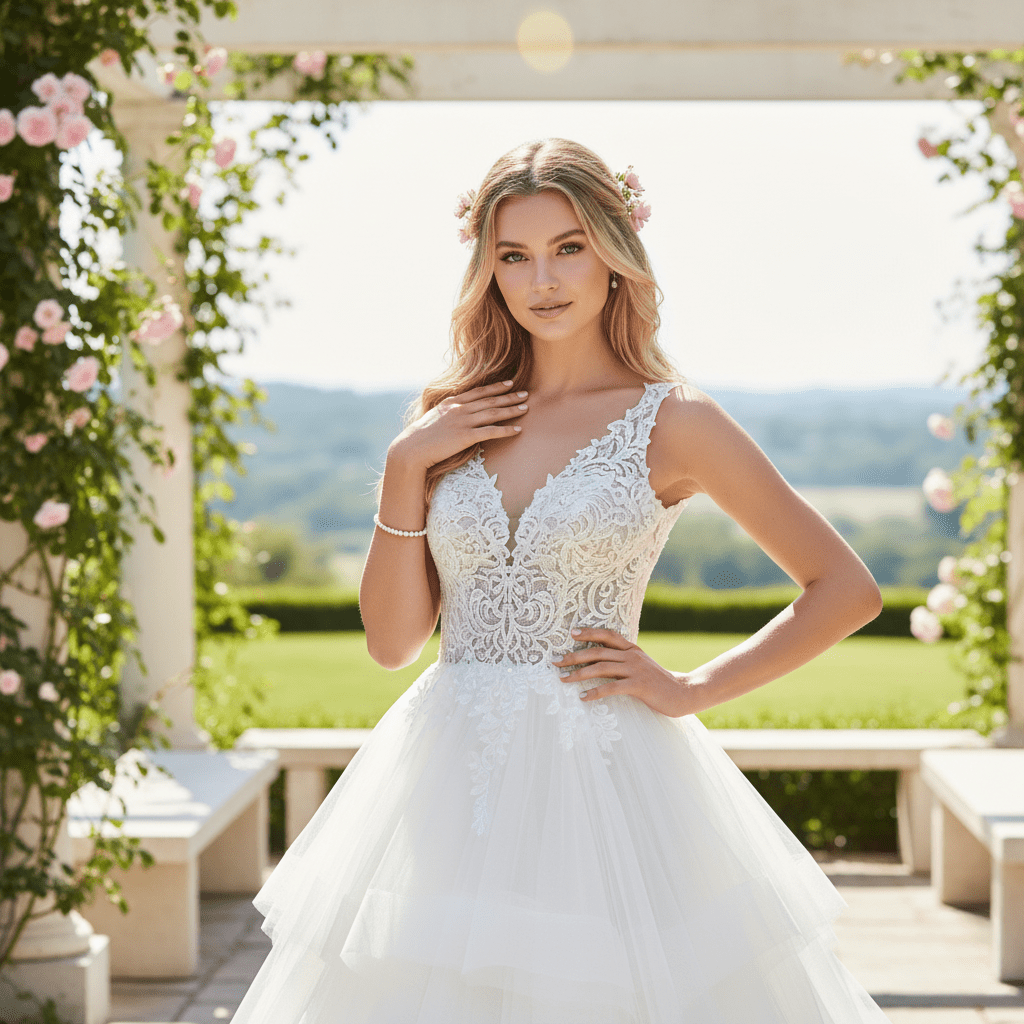
Bridal fashion is like a river, always moving, but some streams from the past still feed its flow. In weddings today, many brides look back to the elegance of 1950 bridal gowns. The clean lines, full skirts, delicate lace, and romantic details of gowns from that era cast a long shadow over modern bridal trends.
In this article, we will see what made 1950s bridal gowns special, how elements from those gowns echo today’s styles, and how modern brides can use those motifs to bring vintage charm into a fresh wedding look.
What Defined a 1950 Bridal Gown?
To understand the inspiration, first grasp the hallmarks of a 1950s bridal dress—its signature traits, like a queen’s hallmark crest.
- Silhouette & Skirt: Many gowns had a nipped waist and full skirt, sometimes ball gown style or softly flared.
- Necklines & Sleeves: Sweetheart necklines, illusion necks, and long lace sleeves were common.
- Fabrics & Lace: Silks, satins, duchess satin, machine lace, and handcrafted lace trims were used.
- Tea-Length/Ballerina Style: Shorter lengths (tea length, mid-calf) were popular for more casual or daytime weddings.
- Details & Embellishments: Buttons, appliqué, beadwork, bows, modest veils, and gloves were common touches.
These features gave gowns a balance of formality and romantic flair.
How Modern Bridal Trends Borrow from the 1950s
Fashion evolves by quoting the past. Here’s how today’s wedding dresses borrow from the 1950 bridal era, like echoes across time.
1. Full Skirts & Volume Return
Brides today often choose full skirts, tulle layers, or dramatic trains. That same fullness was a 1950s strength. Modern designers combine fullness with lighter fabrics, allowing skirts to float rather than weigh.
2. Vintage Necklines & Sleeves
Sweetheart necklines, illusion lace, off-shoulder, and long sleeves are now classic bridal styles. When a bride picks lace sleeves or a modest neckline, she nods to 1950s elegance.
3. Tea Length & Midi Bridal Dresses
Tea-length or midi wedding gowns have made a comeback. They offer vintage charm with practicality. Many modern brides opt for tea-length dresses for receptions, city weddings, or civil ceremonies, mirroring the playful 1950s ballerina style.
4. Lace & Embroidery Details
Lace overlays, embroidery, and fine appliques are often used in modern bridal gowns. The intricate touches that made 1950 gowns special are revived in delicate lacework or subtle bead accents.
5. Mix of Classic & Modern Materials
While 1950s brides used heavy silks and structured fabrics, modern designers blend those with modern microfiber, lighter tulle, and stretch lace. This fusion gives structure and comfort.
6. Accessory Influence
Veils, gloves, belts, bows, and vintage hairpieces remain popular. Brides who choose fingerless glove styles, lace veils, or vintage belt designs echo the stylings of the 1950 era.
7. Celebrity & Royal References
Modern brides often look at celebrities or royal weddings for cues. For instance, Kate Middleton’s wedding dress was said to echo styles from the 1950s, with a lace bodice and classic shape.
How to Use 1950 Bridal Gown Elements in Your Wedding Style
To make your bridal look inspired by the 1950s yet still modern, here are practical steps—like mixing old and new notes in a song.
Choose One or Two Vintage Features
You don’t need to copy everything. Pick key elements: full skirt, lace sleeves, tea length, or vintage neckline. Combine with modern simplicity so it doesn’t feel costume.
Be Selective with Fabrics
Use vintage fabrics like duchess satin, lace, silk organza—but mix in modern textiles to lighten weight. For instance, use a lace overlay over lighter satin.
Create Balance
If your skirt is full, keep the bodice more fitted. If you choose a heavier lace bodice, let the skirt be softer. The 1950s balance was about shaping the waist and letting skirts flow.
Consider Versatile Dresses
A bridal dress that changes—for example, detachable overskirt or change from tea length to full length—is a modern trick to honor vintage while staying flexible for the ceremony vs reception.
Accessorize Thoughtfully
Add vintage touches: lace gloves, delicate veils, pearl jewelry, vintage belts, and a classic veil comb. But keep them minimal so they highlight, not overpower, the gown.
Choose the Right Hair & Makeup
Vintage looks pair well with soft waves, pin curls, classic red lips, or soft pinks, and winged eyeliner. Hair accessories like combs or subtle headpieces work well.
Test Comfort & Movement
Full skirts and lace can be restrictive. Try walking, sitting, and dancing. You want elegance and ease. Vintage styles often had a tighter structure, and modern brides may want minor looseness.
Inspirations from Iconic 1950 Bridal Gowns
Looking back at famous gowns gives a real reference. These dresses are studied and emulated.
- Grace Kelly’s Wedding Dress (1956): A legendary bridal design by Helen Rose. Its lace, silk, full skirt, and classic silhouette are still admired today. (turn0search16)
- Jacqueline Kennedy’s 1953 Gown: Designed by Ann Lowe, this gown had a portrait neckline, a wide skirt, and elegant lace details. Modern brides reference its classic lines.
- 1950s Hollywood Stars: Dresses worn by Audrey Hepburn, Elizabeth Taylor, and others contribute style cues like lace sleeves, structured bodices, and midi lengths. (turn0search8)
These dresses are not just romantic memories—they are blueprints for modern bridal designers.
Risks & Pitfalls to Avoid
While vintage is beautiful, some traps exist—like stepping on broken glass in pretty shoes.
- Too heavy fabric: 1950 gowns used heavy silks; wearing that all day may be uncomfortable.
- Restrictive structure: Don’t choose something too tight or rigid. Modern movement matters.
- Overload of vintage details: If you layer lace, bows, ruffles, and beads, the dress may look overwhelming.
- Mismatch with venue: A full ball gown may look out of place at a beach or garden wedding.
- Poor tailoring: Vintage styles rely on a perfect fit. Ill-fitting gowns distort the style.
Balance romance with wearability.
Final Thoughts
The beauty of bridal fashion is that the past whispers to the present. 1950 bridal gowns gave us shapes, details, and elegance that still call to modern brides.
By choosing a few trusted vintage features, full skirts, lace sleeves, sweetheart necklines, tea lengths, and blending with modern fabrics and layouts, brides can shape a wedding dress that feels timeless and fresh.
Your wedding dress shouldn’t just follow trends; it should carry a memory, a whisper of an era, a princess story you write. Use the lessons from 1950 gowns wisely, pick what fits your frame and venue, and wear it with confidence.

